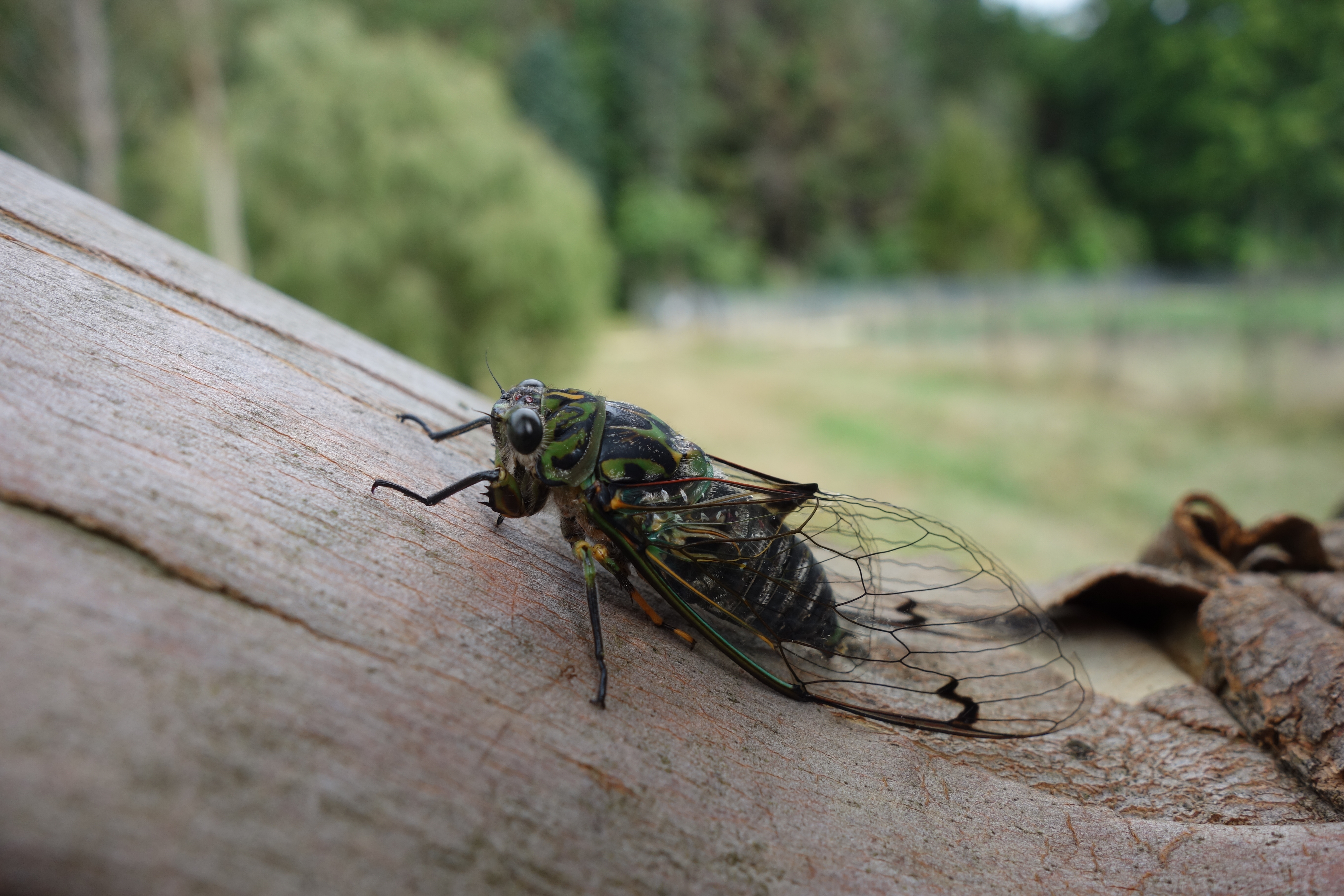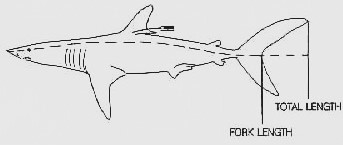|
Chiloglanis Productus
''Chiloglanis productus'' is a species of upside-down catfish endemic to Zambia Zambia, officially the Republic of Zambia, is a landlocked country at the crossroads of Central Africa, Central, Southern Africa, Southern and East Africa. It is typically referred to being in South-Central Africa or Southern Africa. It is bor ..., where it is found in the Lunzua and Lufubu Rivers. This species grows to a length of SL. References * productus Catfish of Africa Fish of Zambia Endemic fauna of Zambia Fish described in 2006 {{mochokidae-stub ... [...More Info...] [...Related Items...] OR: [Wikipedia] [Google] [Baidu] |
Ng Heok Hee
Heok Hee Ng is a Singaporean ichthyologist and researcher of biodiversity at the Lee Kong Chian Natural History Museum of the National University of Singapore. He specialises in Asian catfish systematics with particular focus on sisoroid catfishes. As of 2018, Ng authored 14 species of Siluriformes Catfish (or catfishes; order Siluriformes or Nematognathi) are a diverse group of ray-finned fish. Catfish are named for their prominent barbels, which resemble a cat's whiskers, though not all catfish have prominent barbels or "whis ... Publications Ng has (co-)authored many publications. See Wikispecies below. Taxon described by him *See :Taxa named by Heok Hee Ng References External links * Living people Taxon authorities Singaporean ichthyologists Year of birth missing (living people) {{Singapore-bio-stub ... [...More Info...] [...Related Items...] OR: [Wikipedia] [Google] [Baidu] |
Reeve Maclaren Bailey
Reeve Maclaren Bailey (May 2, 1911, in Fairmont, West Virginia – July 2, 2011, in Ann Arbor, Michigan) was an American ichthyologist. Born in West Virginia, Bailey was raised in Perrysburg and Toledo, Ohio. In 1944, he returned to University of Michigan as a curator of fishes at the Museum of Zoology. He conducted extensive field research in the U.S., Bermuda, Guatemala, Bolivia, Paraguay, Zambia, and Thailand. Bailey was awarded Doctor of Philosophy degree from the University of Michigan The University of Michigan (U-M, U of M, or Michigan) is a public university, public research university in Ann Arbor, Michigan, United States. Founded in 1817, it is the oldest institution of higher education in the state. The University of Mi ... in 1938. Bailey was the president of the American Fisheries Society in 1974–1975. Personal life In 1939, Bailey married Marian Kregel. They had four children. She predeceased him in 2009. He died in 2011, aged 100, and was survived by his ... [...More Info...] [...Related Items...] OR: [Wikipedia] [Google] [Baidu] |
Mochokidae
The Mochokidae are a family of catfishes (order Siluriformes) that are known as the squeakers or known as upside-down catfish (although not all species swim upside-down). There are nine genera and about 200 species of mochokids. All the mochokids are freshwater species originating from Africa. They have three pairs of barbels, with the nasal barbels absent; sometimes, the mandibular barbels may be branched. The lips are modified into a suckermouth in '' Atopochilus'', '' Chiloglanis'', and '' Euchilichthys''. The adipose fin is usually very long. The dorsal and pectoral fin Fins are moving appendages protruding from the body of fish that interact with water to generate thrust and help the fish aquatic locomotion, swim. Apart from the tail or caudal fin, fish fins have no direct connection with the vertebral column ...s have spines that are usually strong and with a locking mechanism. They range in size up to SL. This group contains many popular species among aquarists, suc ... [...More Info...] [...Related Items...] OR: [Wikipedia] [Google] [Baidu] |
Endemism
Endemism is the state of a species being found only in a single defined geographic location, such as an island, state, nation, country or other defined zone; organisms that are indigenous to a place are not endemic to it if they are also found elsewhere. For example, the Cape sugarbird is found exclusively in southwestern South Africa and is therefore said to be ''endemic'' to that particular part of the world. An endemic species can also be referred to as an ''endemism'' or, in scientific literature, as an ''endemite''. Similarly, many species found in the Western ghats of India are examples of endemism. Endemism is an important concept in conservation biology for measuring biodiversity in a particular place and evaluating the risk of extinction for species. Endemism is also of interest in evolutionary biology, because it provides clues about how changes in the environment cause species to undergo range shifts (potentially expanding their range into a larger area or b ... [...More Info...] [...Related Items...] OR: [Wikipedia] [Google] [Baidu] |
Zambia
Zambia, officially the Republic of Zambia, is a landlocked country at the crossroads of Central Africa, Central, Southern Africa, Southern and East Africa. It is typically referred to being in South-Central Africa or Southern Africa. It is bordered to the north by the Democratic Republic of the Congo, Tanzania to the north-east, Malawi to the east, Mozambique to the southeast, Zimbabwe and Botswana to the south, Namibia to the southwest, and Angola to the west. The capital city of Zambia is Lusaka, located in the south-central part of Zambia. The population is concentrated mainly around Lusaka in the south and the Copperbelt Province to the north, the core economic hubs of the country. Originally inhabited by Khoisan peoples, the region was affected by the Bantu expansion of the thirteenth century. Following European colonization of Africa, European colonisers in the 18th century, the British colonised the region into the British protectorates of Barotziland–North-Western Rho ... [...More Info...] [...Related Items...] OR: [Wikipedia] [Google] [Baidu] |
Lufubu River
Lufubu is a constituency of the National Assembly of Zambia Zambia, officially the Republic of Zambia, is a landlocked country at the crossroads of Central Africa, Central, Southern Africa, Southern and East Africa. It is typically referred to being in South-Central Africa or Southern Africa. It is bor .... It covers a large rural area in the Ngabwe District of Central Province.Ngabwe Constituency set for development Daily Mail, 31 July 2016 It was created in 2016. List of MPs References Constituencies of the National Assembly of Zambia[...More Info...] [...Related Items...] OR: [Wikipedia] [Google] [Baidu] |
Fish Measurement
Fish measurement is the measuring of individual fish and various parts of their anatomies, for data used in many areas of ichthyology, including taxonomy and fishery biology. Overall length Standard length (SL) is the length of a fish measured from the tip of the snout to the posterior end of the last vertebra or to the posterior end of the midlateral portion of the hypural plate. This measurement excludes the length of the caudal (tail) fin. Total length (TL) is the length of a fish measured from the tip of the snout to the tip of the longer lobe of the caudal fin, usually measured with the lobes compressed along the midline. It is a straight-line measure, not measured over the curve of the body. Standard length measurements are used with Teleostei (most bony fish), while total length measurements are used with Myxini (hagfish), Petromyzontiformes ( lampreys) and usually Elasmobranchii (shark Sharks are a group of elasmobranch cartilaginous fish characterized by ... [...More Info...] [...Related Items...] OR: [Wikipedia] [Google] [Baidu] |
Chiloglanis
''Chiloglanis'' is a genus of upside-down catfishes native to Africa. These species have modified lips and barbels that form a suckermouth. They also have a naked (scaleless) body. Sexual dimorphism has been reported in ''Chiloglanis''. The adult males of many of these species have elongate anal and caudal fins. Also, males may have an enlarged humeral process. Species There are currently 53 recognized species in this genus: * '' Chiloglanis angolensis'' Poll, 1967 * '' Chiloglanis anoterus'' R. S. Crass, 1960 (Pennant-tailed suckermouth) * '' Chiloglanis asymetricaudalis'' De Vos, 1993 * '' Chiloglanis batesii'' Boulenger, 1904 * '' Chiloglanis benuensis'' Daget & Stauch, 1963 * '' Chiloglanis bifurcus'' R. A. Jubb & Le Roux, 1969 (Incomati suckermouth) * '' Chiloglanis brevibarbis'' Boulenger, 1902 (Short-barbelled suckermouth) * '' Chiloglanis cameronensis'' Boulenger, 1904 * '' Chiloglanis carnosus'' T. R. Roberts & D. J. Stewart, 1976 * '' Chiloglanis congicus'' ... [...More Info...] [...Related Items...] OR: [Wikipedia] [Google] [Baidu] |
Catfish Of Africa
Catfish (or catfishes; order Siluriformes or Nematognathi) are a diverse group of ray-finned fish. Catfish are named for their prominent barbels, which resemble a cat's whiskers, though not all catfish have prominent barbels or "whiskers", with some seemingly not having them. Siluriformes as a whole are scale-less, with neither the armour-plated nor the naked species having scales. This order of fish are defined by features of the skull and swimbladder. Catfish range in size and behavior from the three largest species alive, the Mekong giant catfish from Southeast Asia, the wels catfish of Eurasia, and the piraíba of South America, to detritivorous and scavenging bottom feeders, down to tiny ectoparasitic species known as the candirus. In the Southern United States, catfish species may be known by a variety of slang names, such as "mud cat", "polliwogs", or "chuckleheads". These nicknames are not standardized, so one area may call a bullhead catfish by the nic ... [...More Info...] [...Related Items...] OR: [Wikipedia] [Google] [Baidu] |
Fish Of Zambia
A fish (: fish or fishes) is an aquatic, anamniotic, gill-bearing vertebrate animal with swimming fins and a hard skull, but lacking limbs with digits. Fish can be grouped into the more basal jawless fish and the more common jawed fish, the latter including all living cartilaginous and bony fish, as well as the extinct placoderms and acanthodians. In a break to the long tradition of grouping all fish into a single class (Pisces), modern phylogenetics views fish as a paraphyletic group. Most fish are cold-blooded, their body temperature varying with the surrounding water, though some large active swimmers like white shark and tuna can hold a higher core temperature. Many fish can communicate acoustically with each other, such as during courtship displays. The study of fish is known as ichthyology. The earliest fish appeared during the Cambrian as small filter feeders; they continued to evolve through the Paleozoic, diversifying into many forms. The earliest fish wi ... [...More Info...] [...Related Items...] OR: [Wikipedia] [Google] [Baidu] |
Endemic Fauna Of Zambia
Endemism is the state of a species being found only in a single defined geographic location, such as an island, state, nation, country or other defined zone; organisms that are indigenous to a place are not endemic to it if they are also found elsewhere. For example, the Cape sugarbird is found exclusively in southwestern South Africa and is therefore said to be ''endemic'' to that particular part of the world. An endemic species can also be referred to as an ''endemism'' or, in scientific literature, as an ''endemite''. Similarly, many species found in the Western ghats of India are examples of endemism. Endemism is an important concept in conservation biology for measuring biodiversity in a particular place and evaluating the risk of extinction for species. Endemism is also of interest in evolutionary biology, because it provides clues about how changes in the environment cause species to undergo range shifts (potentially expanding their range into a larger area or becomin ... [...More Info...] [...Related Items...] OR: [Wikipedia] [Google] [Baidu] |




